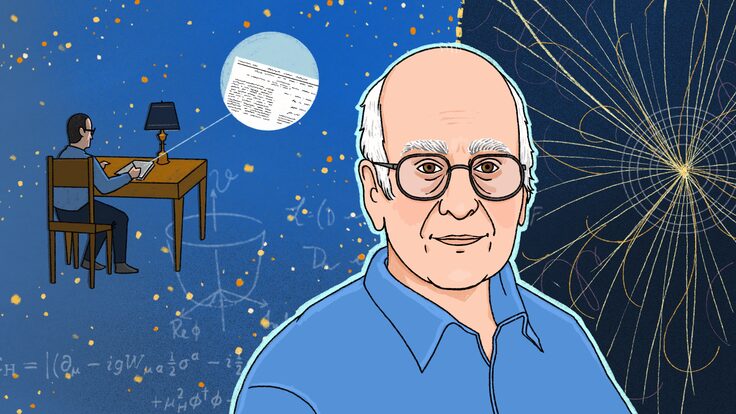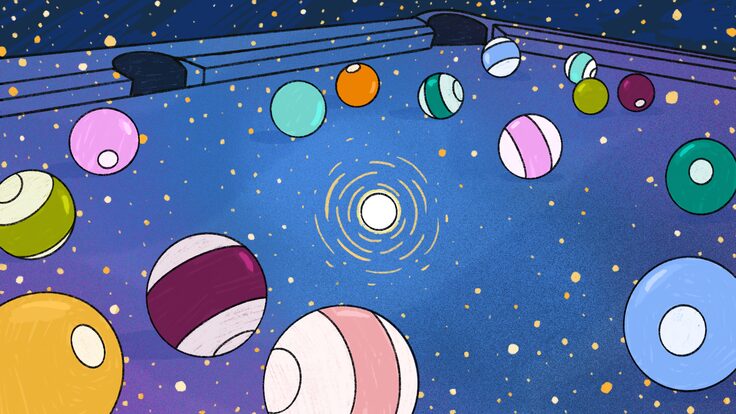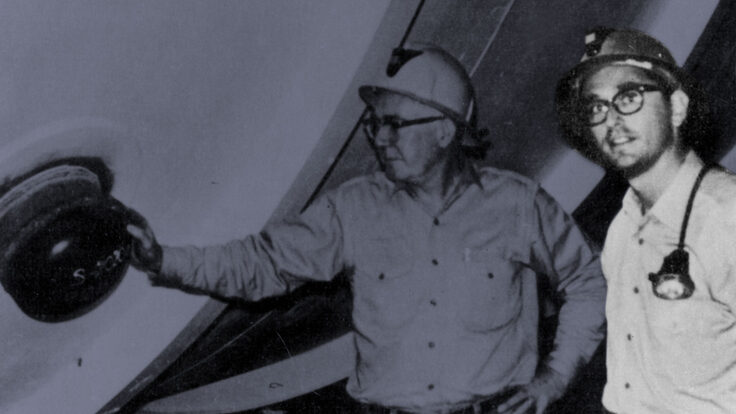Those pesky humans
Lead bricks and radiation gloves normally indicate a need to protect lab workers from radioactivity. For a laboratory at the University of Alabama in Tuscaloosa, however, the opposite is true. There, a sensitive set of measurements needs to be shielded from the radiation naturally emitted by people.
The measurements are part of an experiment called EXO (the Enriched Xenon Observatory), destined for installation half a mile below ground in a New Mexico salt mine. There it will search for signs of a nuclear decay known as the neutrinoless double beta decay that researchers hope will help them pin down the mass of the neutrino.
While the experiment's deep location protects it from cosmic rays, it still has to contend with the constant chatter of natural radiation from surrounding rock and from pieces of the detector itself.
To measure this background radiation, Andreas Piepke and his team have been carefully cataloging the radiation signatures of EXO's plastic knobs, gaskets, and other components. How sensitive is the measurement equipment? The researchers had to shield the apparatus from radiation given off by their own bodies. For a typical adult, that's about 7000 becquerels—a unit that has replaced the curie as a measure of radioactivity. In comparison, a household smoke detector contains about 30,000 becquerels, and typical low-level radioactive waste about a million becquerels per kilogram. The team also had to account for the faint radiation signatures of lead bricks used to shield the components during testing.
Once all the sources of background radiation have been identified it will be easier to separate the valid signals from the noise.
Mike Wofsey, University of Alabama
Click here to download the pdf version of this article.






